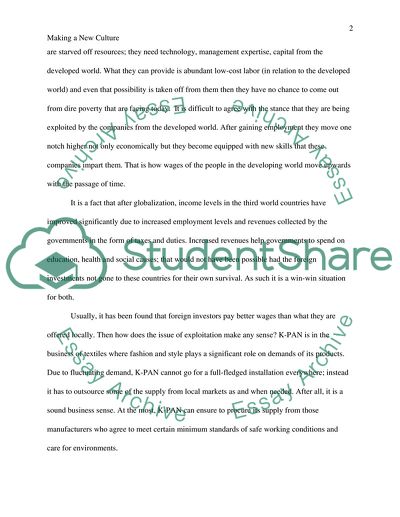Case Study: p.565 , Global Profits, Baker/Hartman/Shaw Book Report/Review. Retrieved from https://studentshare.org/social-science/1691326-case-study-p565-global-profits-bakerhartmanshaw
Case Study: P.565 , Global Profits, Baker/Hartman/Shaw Book Report/Review. https://studentshare.org/social-science/1691326-case-study-p565-global-profits-bakerhartmanshaw.


